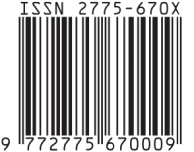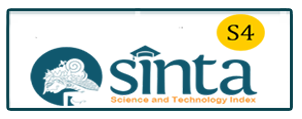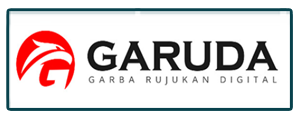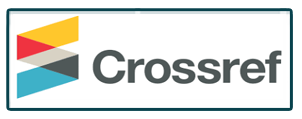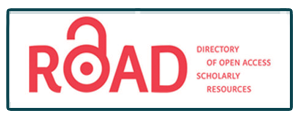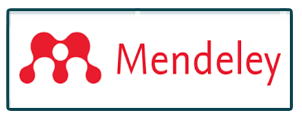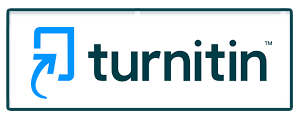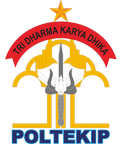THE EFFECTIVENESS OF COGNITIVE BEHAVIOR THERAPY TO REDUCE THE ANXIETY OF NARRIVES TOWARDS FREE IN THE CLASS II A PAMEKASAN Narcotics Prison
EFEKTIVITAS COGNITIVE BEHAVIOR THERAPY UNTUK MENURUNKAN KECEMASAN NARAPIDANA MENJELANG BEBAS DI LAPAS NARKOTIKA KLAS II A PAMEKASAN
Abstract
This study aims to determine the effectiveness of Cognitive Behavioral Therapy to reduce inmates’ prerelease anxiety in Narcotics Prison Class II A Pamekasan using a quasi-experimental single subject design (A-B) in 5 inmates. Instrument used is Taylor Manifest Anxiety Scale (TMAS) of Janet Taylor Spence which has been widely used in Indonesia, including in prisons. Analysis of data using visual analysis and Wilcoxon Signed Rank Test and calculating the value of r to determine effect size. The trend line on the visual analysis showed a decrease in inmates’ prerelease anxiety after the intervention Cognitive Behavior Therapy (CBT) is given. Wilcoxon Signed Rank Test showed that there are significant differences in inmates’ prerelease anxiety levels before and after Cognitive Behavior Therapy (CBT) is given (p = 0.042). Wilcoxon Signed Rank Test results in post test 1 and post test 2 showed that no significant differences in inmates’ prerelease anxiety levels (p = 0.785). This means that the results of intervention is likely to be maintained. The results of effect size calculation is done by calculating the value of r (r = 0.65) showed that CBT provides large effect to reduce the level of inmates’ prerelease anxiety. It can be concluded that CBT is effective to reduce the level of inmates'prerelease anxiety with large effect.

This work is licensed under a Creative Commons Attribution-NonCommercial 4.0 International License.


